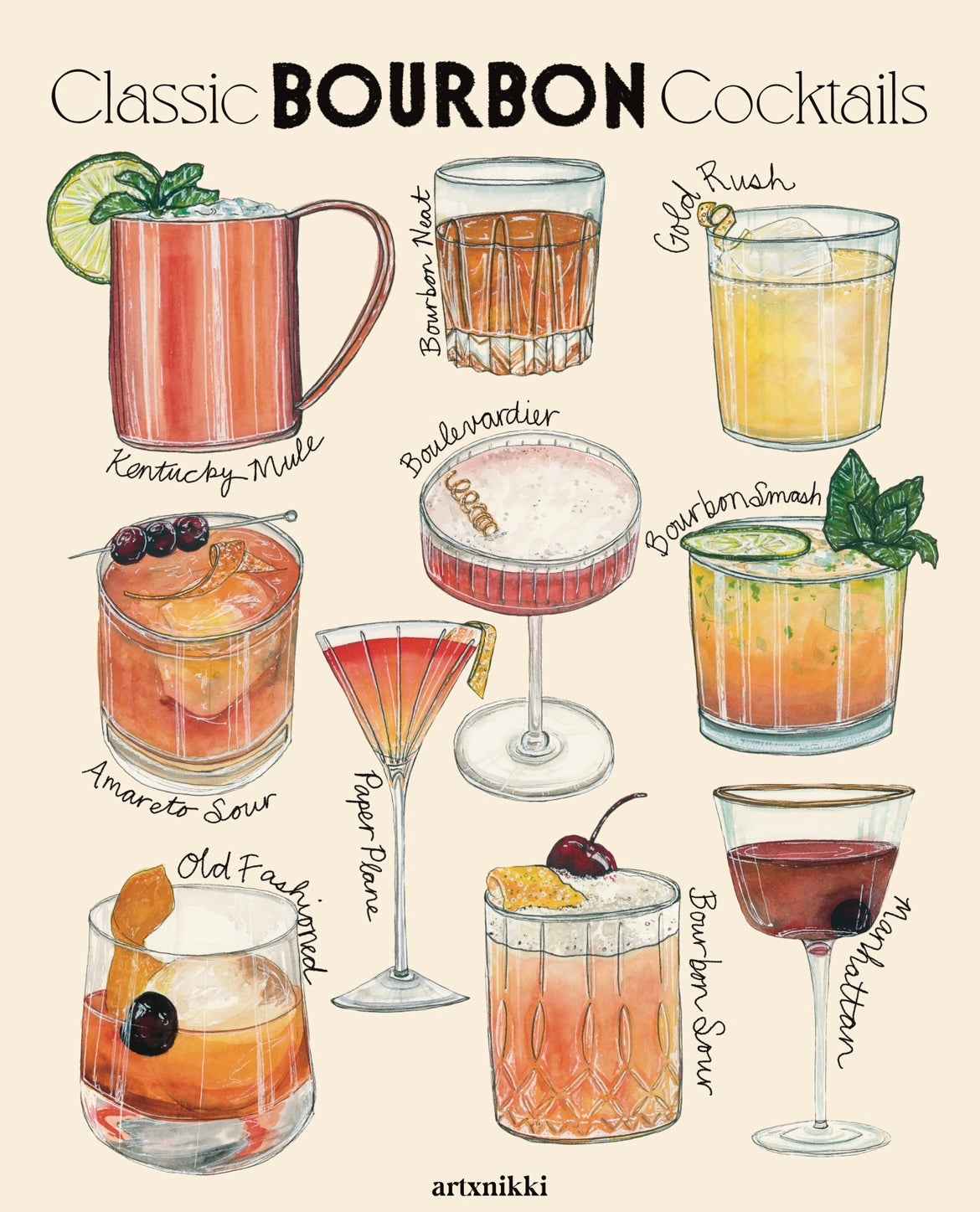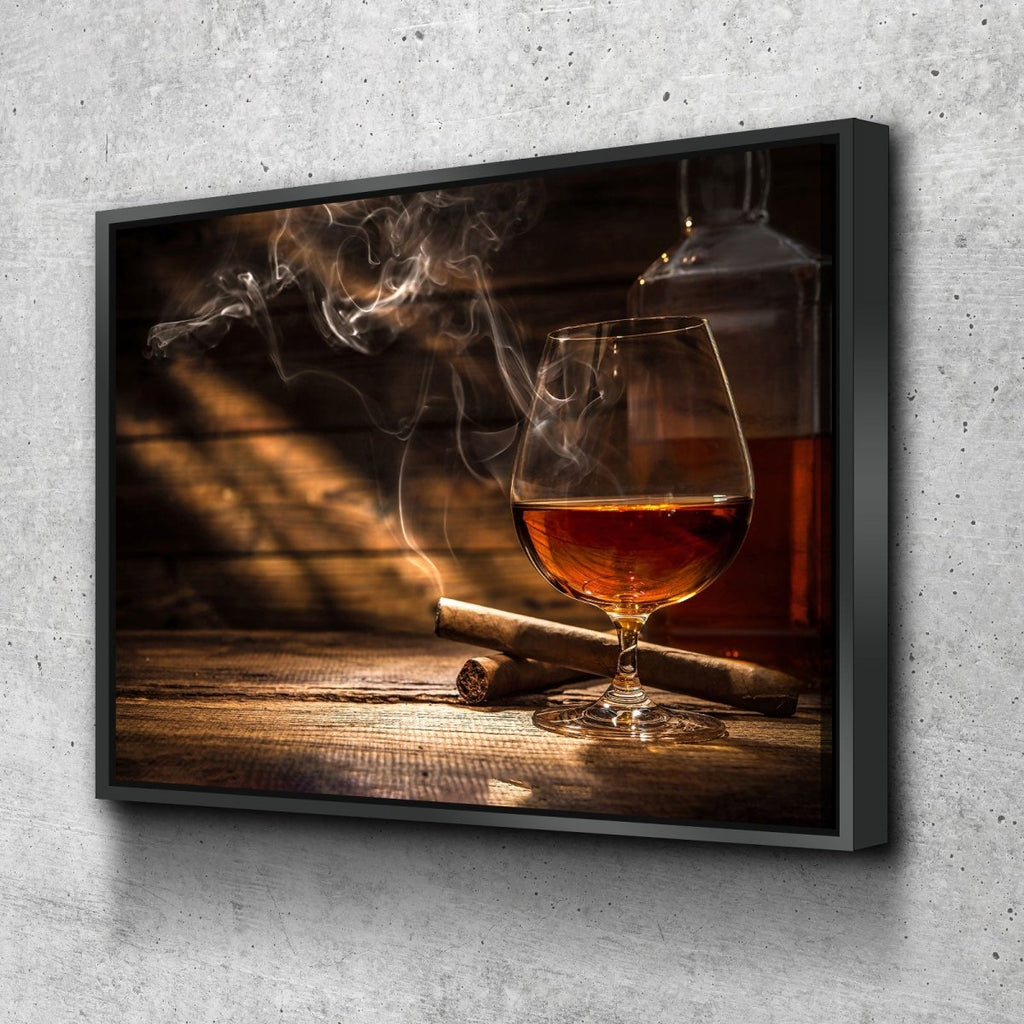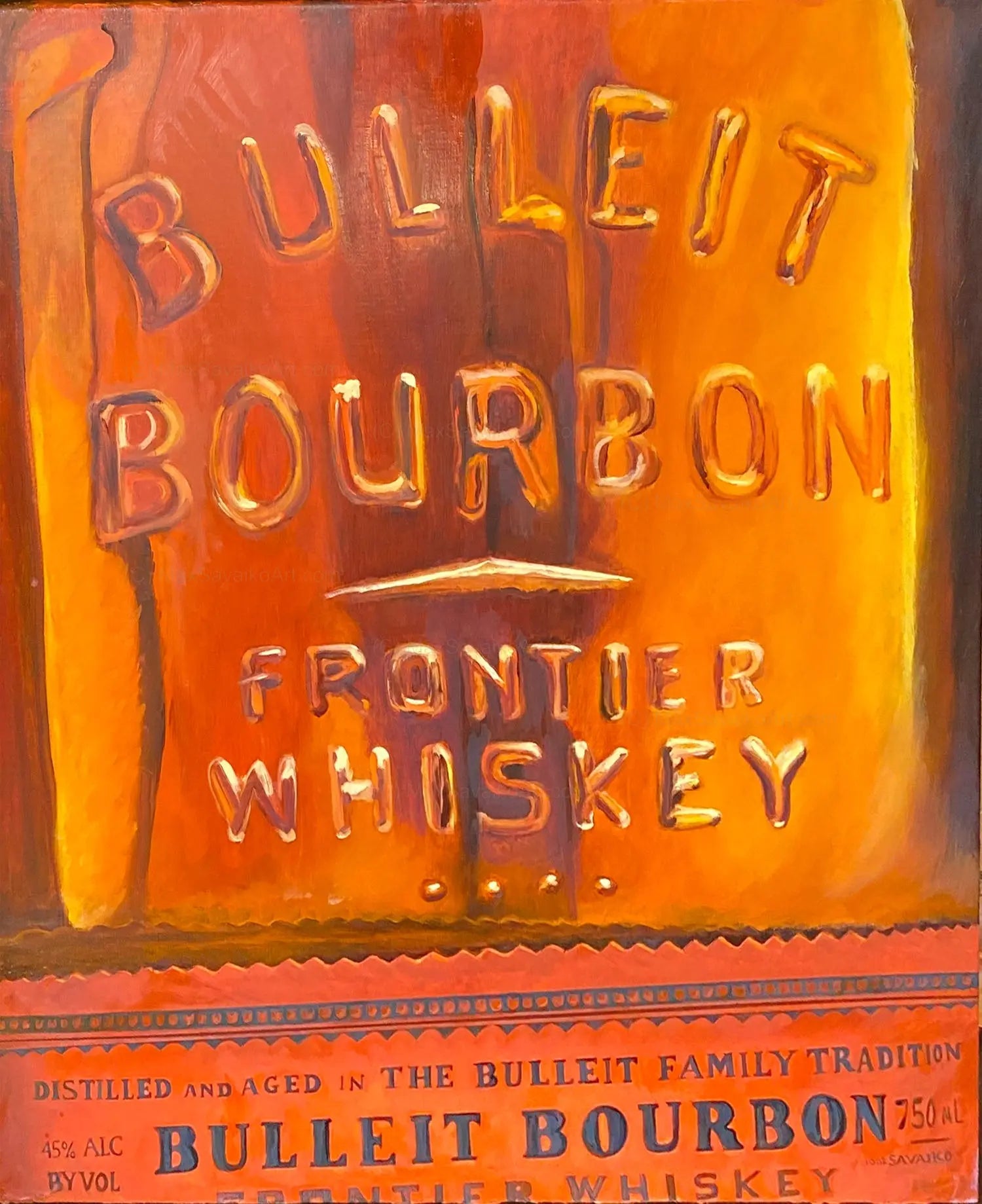Revealing the Appeal of Bourbon Art: A Tribute to Craft Distillers
Revealing the Appeal of Bourbon Art: A Tribute to Craft Distillers
Blog Article
The Significance of Whiskey Art in Celebrating Heritage and Craftsmanship in the Beverage Industry
The intricate relationship between whiskey art and the celebration of heritage and craftsmanship within the drink sector can not be overemphasized. Via attentively created tags and bottles, whiskey brand names envelop their historic roots and the artisanal skills that define their manufacturing approaches. This imaginative measurement not only enhances market appeal yet additionally acts as a channel for cultural storytelling, cultivating a much deeper connection between the craft and the customer. As we check out the various facets of this subject, appealing concerns about the impact of modern-day patterns on conventional practices emerge, triggering additional examination.
The Historical Origins of Whiskey
At the heart of bourbon's allure exists a rich tapestry of historic roots that map back to ancient human beings. The origins of bourbon can be linked to the distillation methods of the Sumerians and Babylonians around 2000 BCE, where very early types of fermented grain drinks began to arise. However, it remained in the Middle Ages that the art of purification developed significantly, especially in Ireland and Scotland, resulting in the production of whiskey as we understand it today.
The term "bourbon" itself derives from the Gaelic word "uisce beatha," indicating "water of life." This expression underscores the cultural value of whiskey in Celtic societies, where it was usually associated with rituals, events, and public bonding. By the 15th century, distillation became an acknowledged craft within reclusive areas, paving the way for the establishment of lawful distilleries.
As profession courses expanded, whiskey's popularity grew, going beyond local borders and capturing the interest of connoisseurs worldwide. Limited Edition. This historic trip mirrors not just the workmanship behind bourbon production but also its essential function in social and social contexts, noting it as a substantial drink throughout background
Artistic Expression in Branding
Bourbon branding stands as an engaging junction of virtuosity and business, where aesthetic identity plays a vital duty fit customer understanding. The appearances of bourbon tags, product packaging, and advertising and marketing products mirror not just the brand name's story however also its core values and heritage. Through imaginative expression, distilleries share a story that reverberates with customers, evoking emotions and sparking connections.
Making use of shade, typography, and images in branding offers to separate items in a saturated market. Typical themes may stimulate a sense of authenticity and craftsmanship, while modern-day layouts can represent advancement and forward-thinking. This tactical artistic instructions enhances brand acknowledgment and loyalty, permitting consumers to build a personal partnership with the whiskey they pick.
Furthermore, creative expression in branding usually functions as a party of regional heritage. Distilleries often incorporate regional icons or historical recommendations right into their styles, developing a sense of location that welcomes customers to take part in a more comprehensive social experience. Eventually, the virtuosity behind bourbon branding not only improves aesthetic appeal but likewise improves the overall narrative of the brand name, cultivating a deeper gratitude for the workmanship and heritage ingrained in each bottle.
Craftsmanship in Container Layout
The artistry apparent in scotch branding expands past aesthetic identity to encompass the craftsmanship included in container layout. Each bottle functions as a vessel not just for the spirit within, but likewise for the right here tale it outlines its practice, top quality, and beginning. The layout procedure calls for meticulous attention to information, as components such as material, closure, and shape add dramatically to the total understanding of the scotch.
Craftsmanship in bottle design involves picking high-quality glass that can boost the bourbon's shade and clearness, while also providing a tactile experience for the customer. The shape of the bottle must be both useful and cosmetically attractive, usually mirroring the heritage of the brand. Many distilleries choose one-of-a-kind shapes or printed logo designs advice that stimulate a feeling of credibility and background.
Furthermore, the tag layout and typography play an important function in communicating the brand's story. Realism Art. A well-crafted container not just mesmerizes the customer's eye however also enhances the brand's commitment to high quality and practice. In this means, the workmanship of container design comes to be a vital facet of the scotch experience, merging creativity with a profound respect for heritage
Social Value of Whiskey Art
Celebrating custom and craftsmanship, the social importance of scotch art transcends plain appearances, intertwining with the social and historic stories of the areas from which it originates. Each container acts as a canvas, portraying the unique tales, mythology, and customs that have actually formed neighborhood whiskey-making techniques. The complex designs commonly mirror the heritage of the distillers, including symbols and concepts that reverberate with the culture and worths of their areas.

Additionally, whiskey art plays a crucial role in common celebrations and events, serving as a concrete web link between individuals and their shared experiences. By valuing the artistry in bourbon product packaging, consumers cultivate a much deeper understanding and regard for the craft, eventually enhancing their satisfaction of the beverage itself.
Modern Trends in Scotch Presentation
In recent times, the discussion of bourbon has developed to reflect modern tastes and patterns while still recognizing typical workmanship - Limited Edition. Distilleries are increasingly concentrating on aesthetic aspects that improve the total drinking experience, bridging the void between heritage and modernity
Cutting-edge bottle designs have emerged, commonly incorporating lasting products and creative labels that inform engaging tales. Several brands currently collaborate with local musicians, instilling their products with distinct visual expressions that reverberate with consumers. Furthermore, limited-edition launches are often packaged in collectible containers, including value and appeal for connoisseurs.

Final Thought
To conclude, whiskey art acts as a crucial conduit for sharing the heritage and craftsmanship intrinsic in the drink industry. With detailed branding, cutting-edge bottle styles, and culturally substantial imaginative aspects, whiskey brands successfully recognize their traditions and attach with consumers. This imaginative narrative not just elevates the recognition of scotch yet additionally strengthens neighborhood identity and pride amongst manufacturers. Inevitably, whiskey art plays a crucial duty in preserving and commemorating the abundant social tapestry of whiskey-making.


Workmanship in bottle layout involves picking top quality glass that can enhance the whiskey's color and clarity, while also giving a tactile experience for the consumer. In this method, the workmanship of container design comes to be a crucial element of the whiskey experience, merging virtuosity with a profound regard for heritage.
In final thought, scotch art serves as an important conduit for sharing the heritage and workmanship inherent in the drink industry.
Report this page